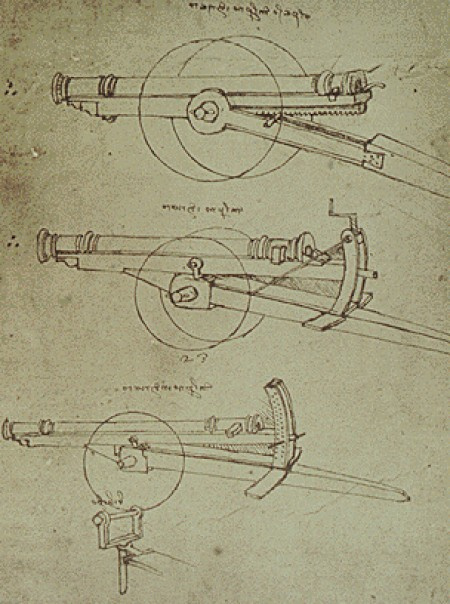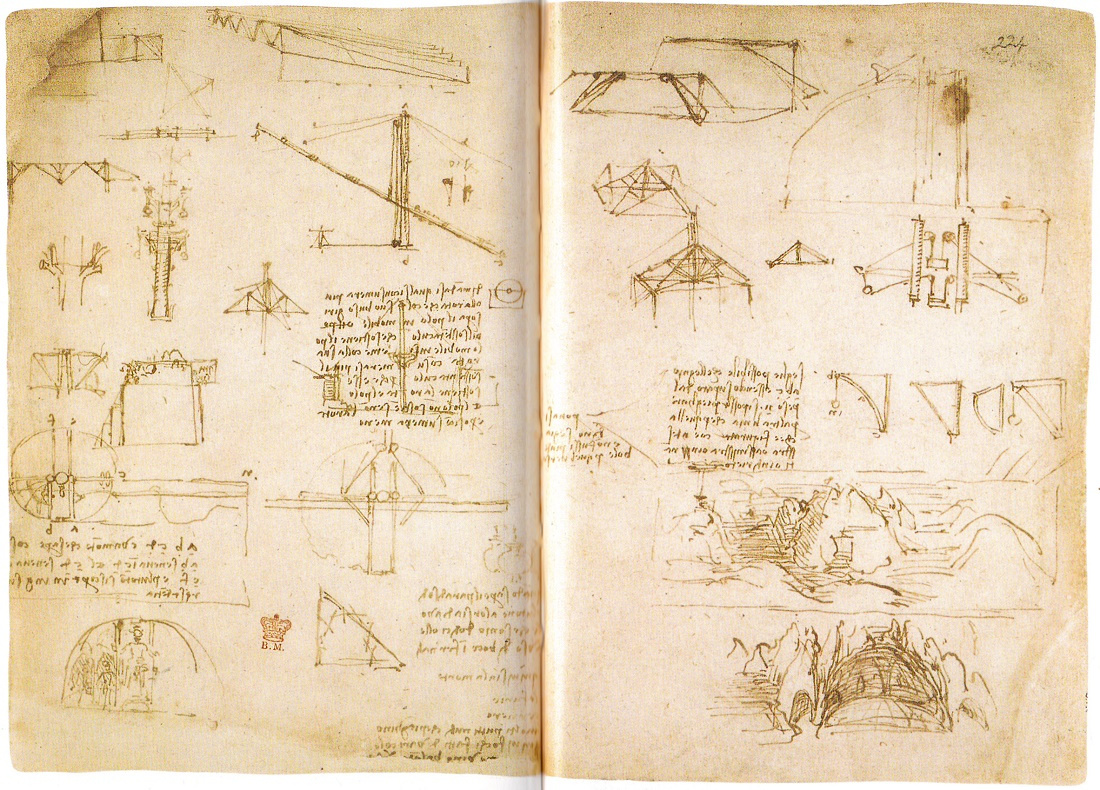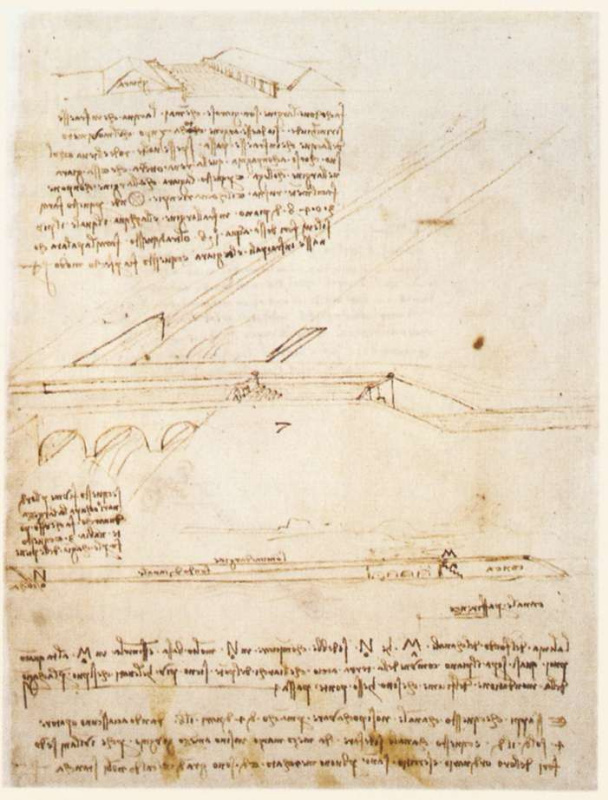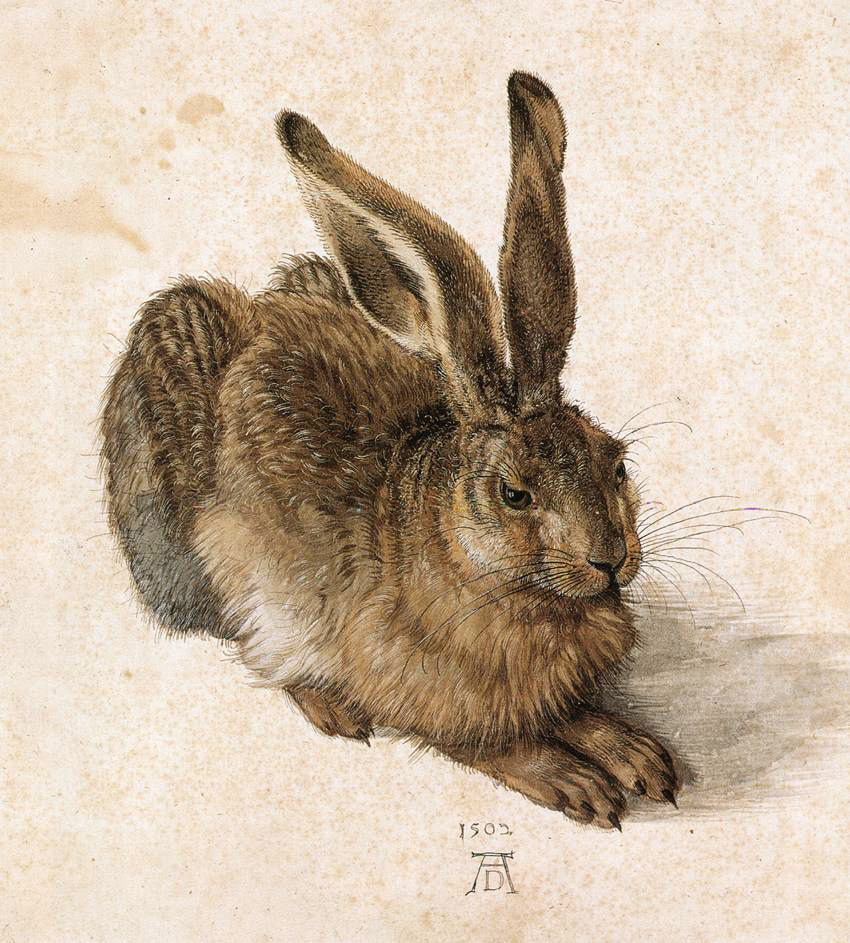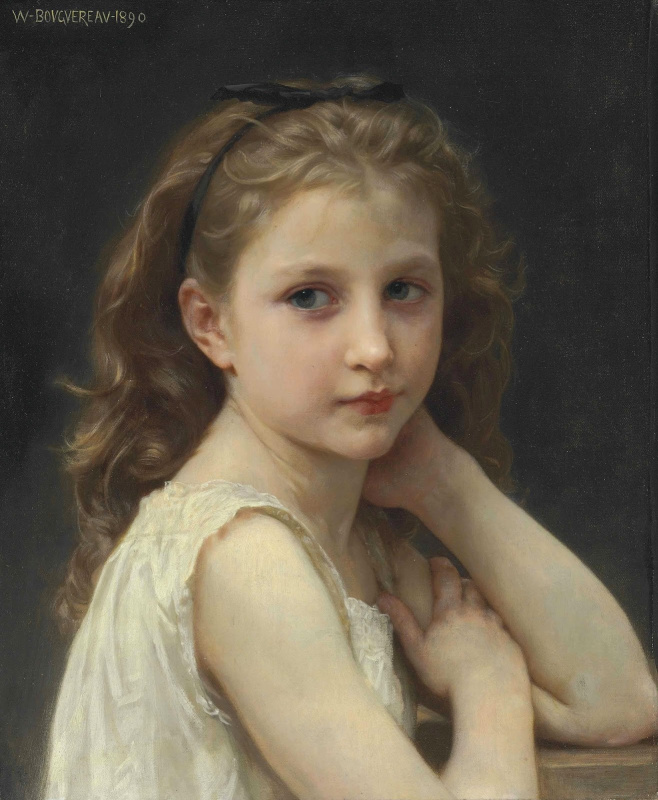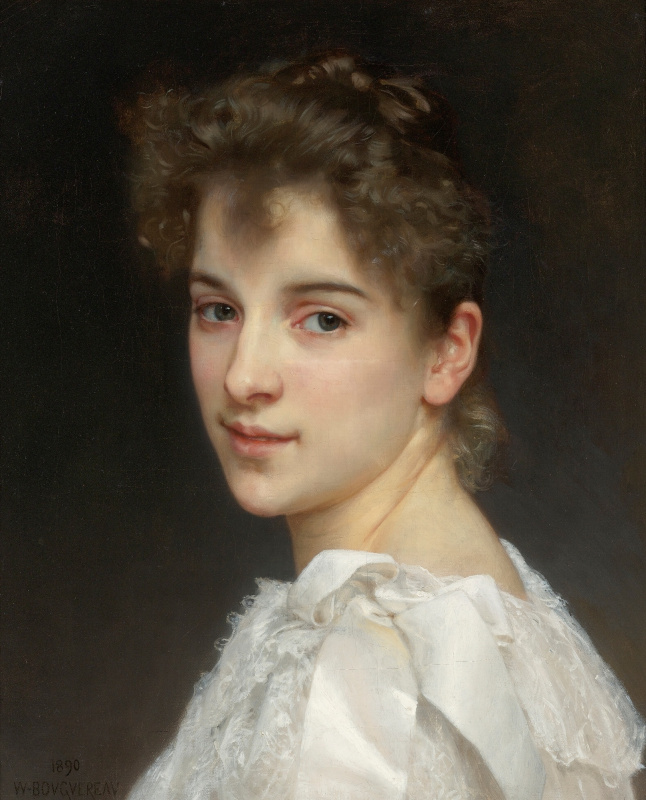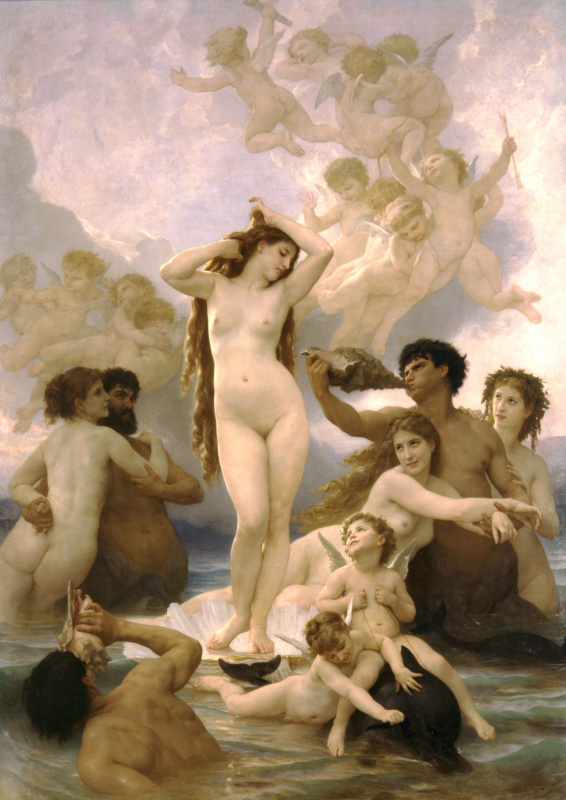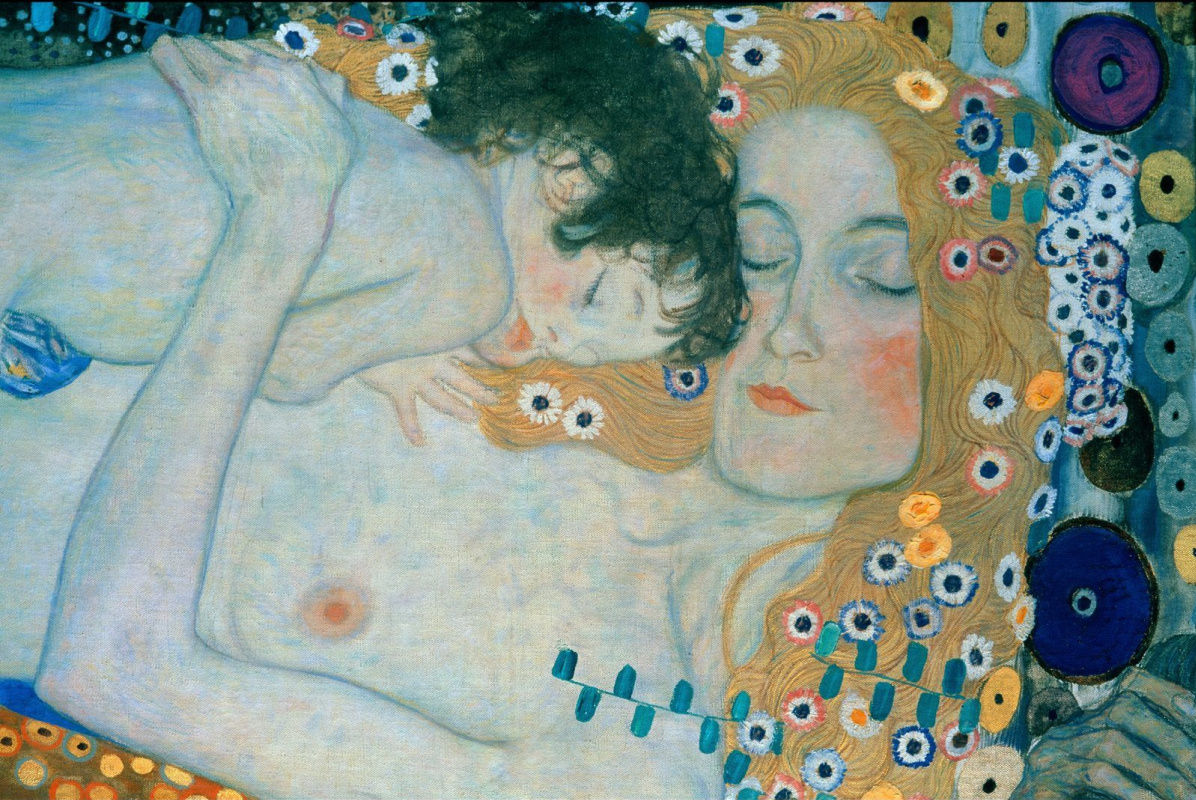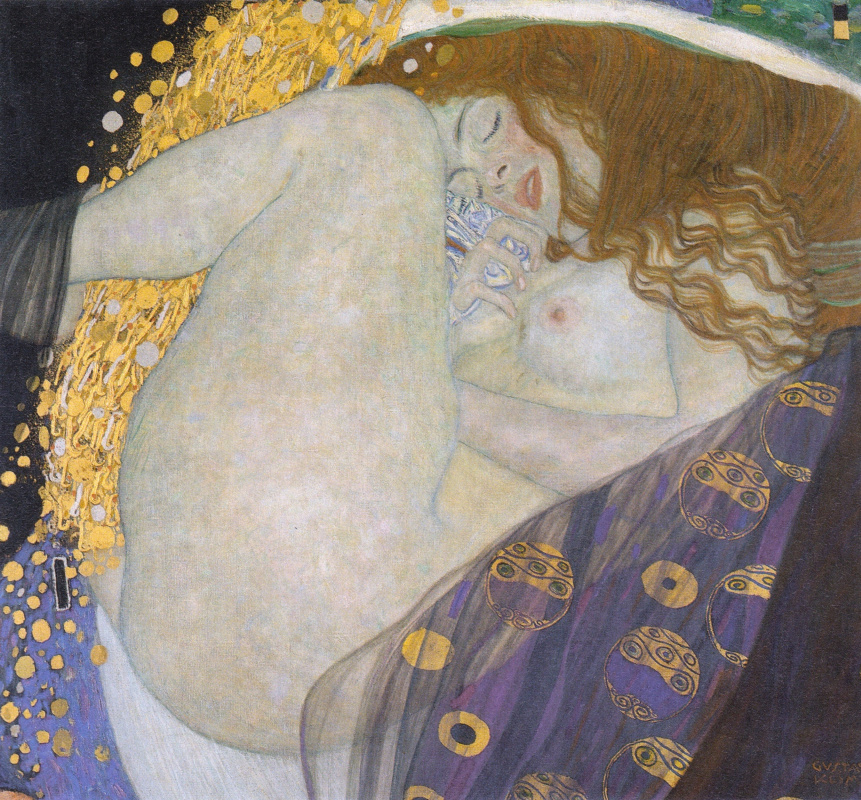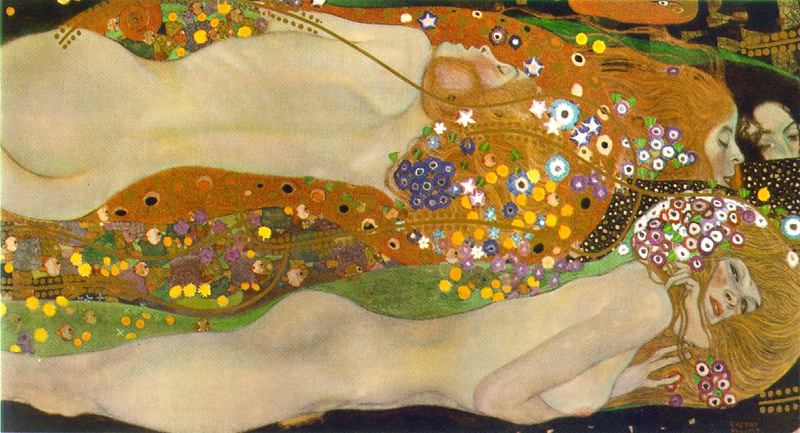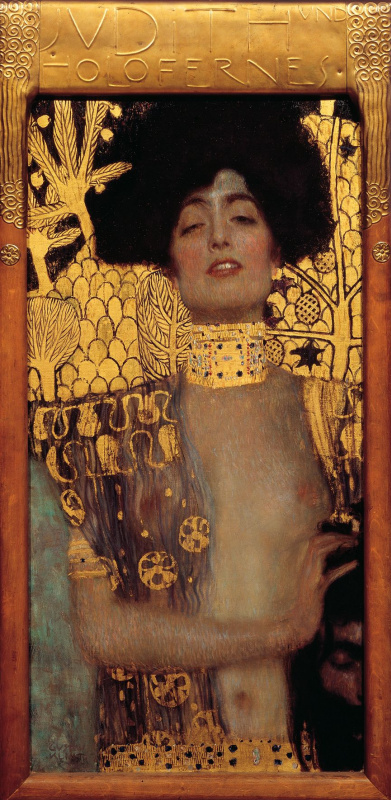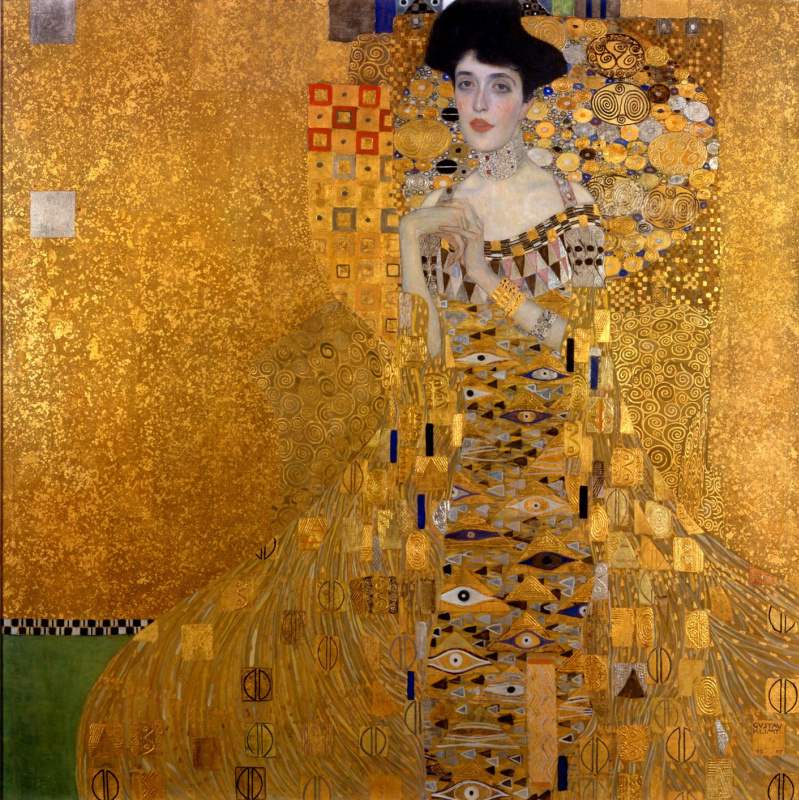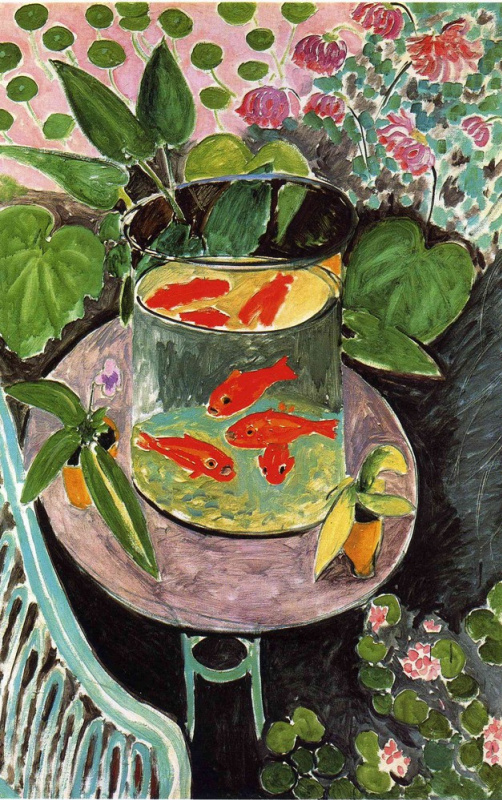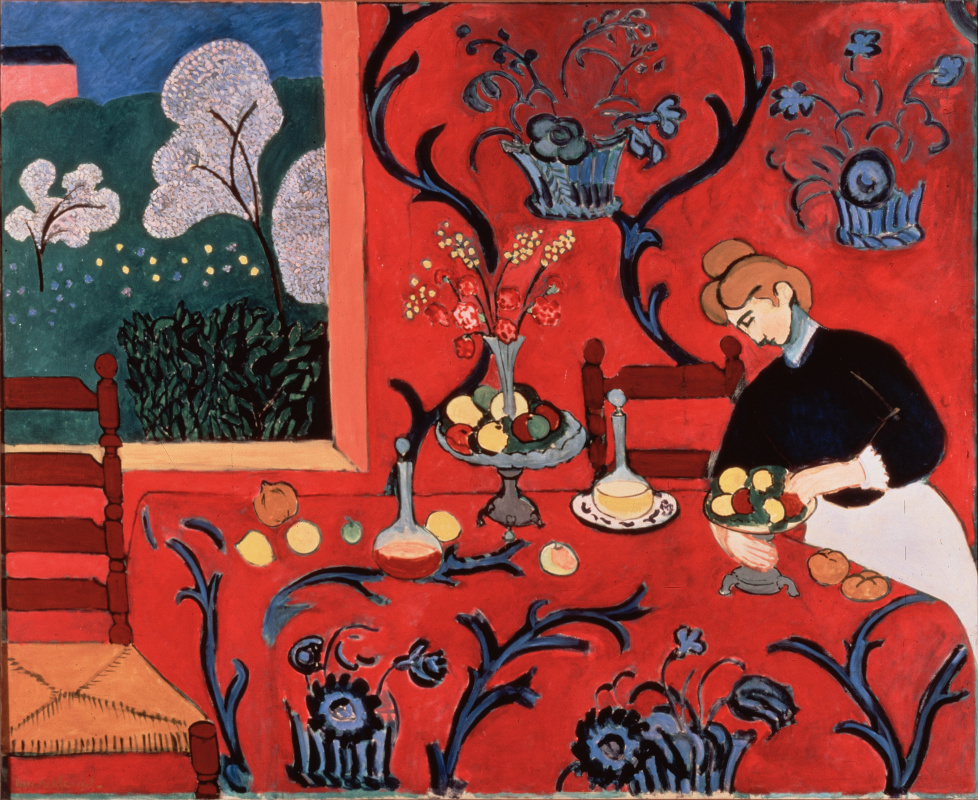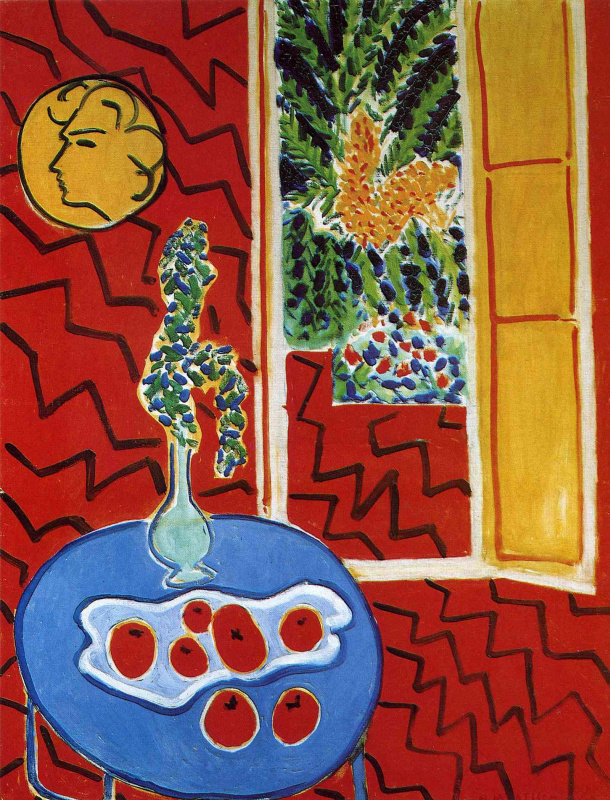And (shame on you!) maybe you even liked them out of ignorance and negligence. Or reposted them. Arthive reveals the "masterpieces" of Matisse, Klimt, Bouguereau, Dürer and da Vinci, which you had better keep away from.
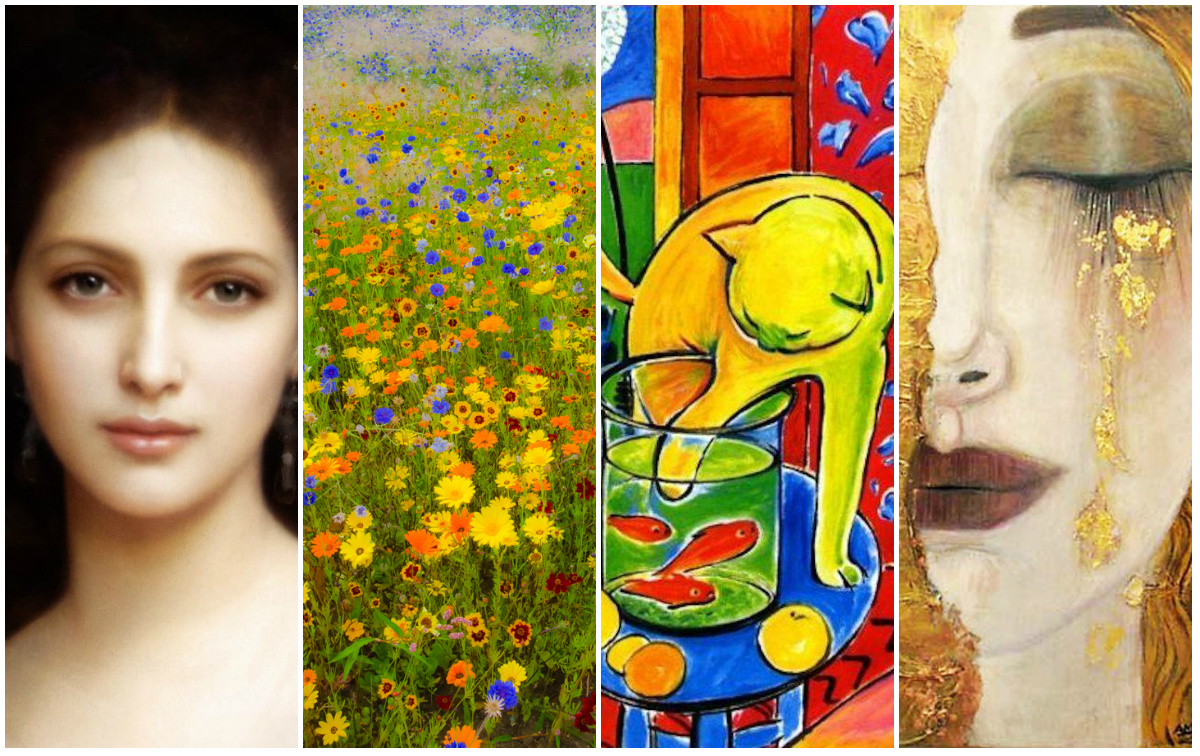
Important clarification: these works were not created to deceive anyone. Everything happened according to Pushkin’s formula: "Oh, it is easy to deceive me… I long to be deceived myself!"
The creators of these photographs, paintings and collages wanted to have fun, entertain others, and sometimes — to share a joke. Big names were attached to these images with the help of "digital" rumor: perhaps the thing is that it’s more comfortable and pleasant to like and repost a picture signed by a famous name.
The creators of these photographs, paintings and collages wanted to have fun, entertain others, and sometimes — to share a joke. Big names were attached to these images with the help of "digital" rumor: perhaps the thing is that it’s more comfortable and pleasant to like and repost a picture signed by a famous name.
Leonardo da Vinci's flying ship

This impressive picture is used to illustrate almost every second article about Leonardo da Vinci's inventions ahead of their time. And every third one — about modern developers from Silicon Valley and other Elon Musks who are far ahead of our time. Sometimes they don’t put his name in the description: it’s clear even without it — after all, the article is about Leonardo. Sometimes they go as far as calling the genius of the Renaissance
the creator of this illustration. Yet, they quote Pinterest, which is pretty much the same as citing the Internet in general as a reliable source.
The technique and sketches on the sides look quite Leonardo-like. But the construction in the center… Wait, there’s no doubt that Leonardo was a genius, but drawing a ship using a computer program at the turn of the 15th to 16th century is a little bit too much… Are you serious?
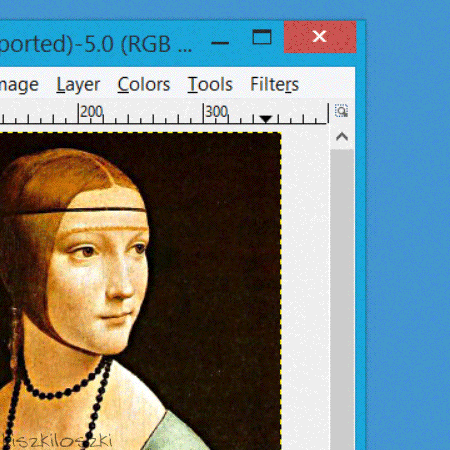
The author of this joke is known: it’s Kajetan Obarski (born in 1987 in Wroclaw) who calls himself an animator, photographer, musician and misanthrope. His funny gifs made him famous online under the pseudonym Kiszkiloszki.
But let’s still consider the fact that da Vinci didn’t have a computer. But who had one?
The German artist Peter Popken, who works in Hollywood, creates concepts and props for feature films. His filmography includes many hits: "Blade Runner 2049", both parts of the "Fantastic Beasts", "Cloud Atlas", "Children of Men". But now we are interested in his work in the film "The Three Musketeers" (2011), in which Milla Jovovich played Milady, Christoph Waltz — Cardinal Richelieu, and Orlando Bloom — the Duke of Buckingham. Bingo! This drawing was created so that Orlando Bloom would hold it in his hands in one of the scenes. And then arrived in France on a flying ship which was built according to Leonardo’s design.
The flying ship takes part in many plot twists and spectacular scenes of the film, but we will refrain from giving spoilers: after all, it’s not in Dumas’s book, and you might not have seen the film yet.
The German artist Peter Popken, who works in Hollywood, creates concepts and props for feature films. His filmography includes many hits: "Blade Runner 2049", both parts of the "Fantastic Beasts", "Cloud Atlas", "Children of Men". But now we are interested in his work in the film "The Three Musketeers" (2011), in which Milla Jovovich played Milady, Christoph Waltz — Cardinal Richelieu, and Orlando Bloom — the Duke of Buckingham. Bingo! This drawing was created so that Orlando Bloom would hold it in his hands in one of the scenes. And then arrived in France on a flying ship which was built according to Leonardo’s design.
The flying ship takes part in many plot twists and spectacular scenes of the film, but we will refrain from giving spoilers: after all, it’s not in Dumas’s book, and you might not have seen the film yet.
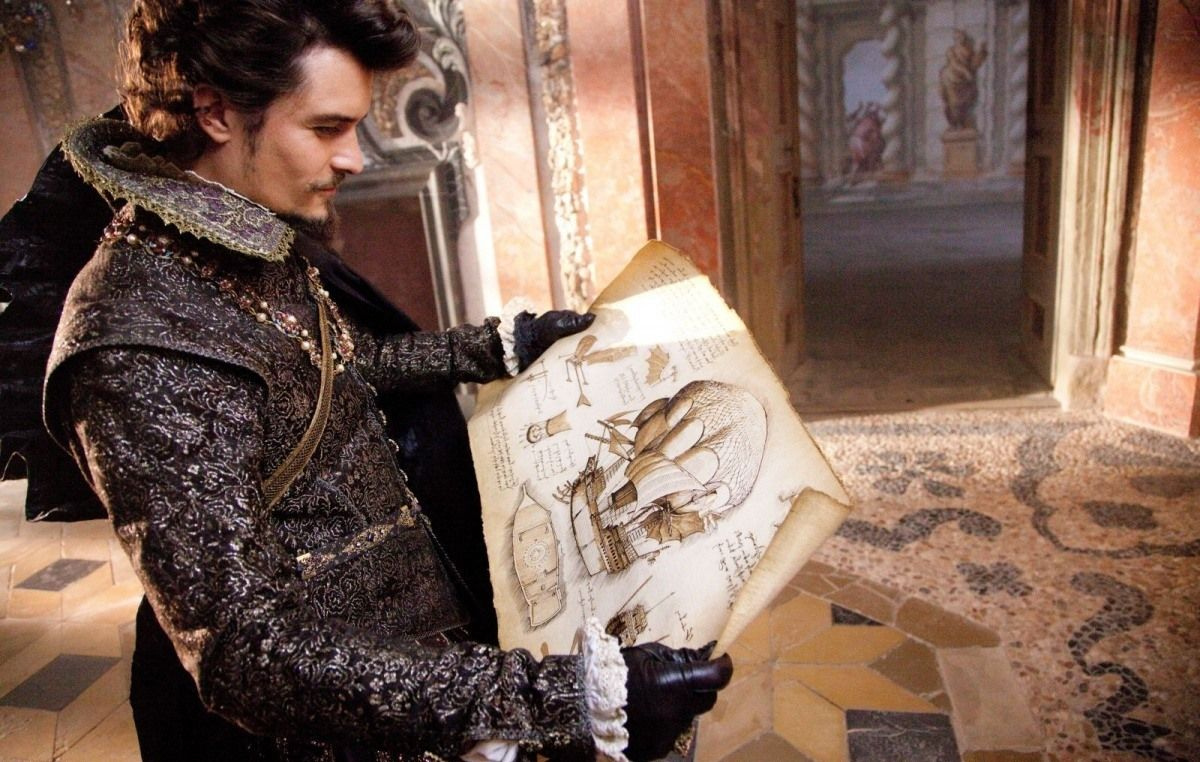
A scene from the film "The Three Musketeers" (2011). Orlando Bloom with a picture by Peter Popken, and clearly not by Leonardo da Vinci. In the film, it is called the sketch
of the "war machine" - Milady got that coveted sheet for Buckingham in Venice, in an underground cache that Leonardo built for his drawings.
Due to its nature, the film "Three Musketeers" does not need comments on the authenticity of what is happening in it. Yet, the assumption concerning Venice didn’t come out of nothing: Leonardo visited Venice, offered his services there as a military adviser and designed diving suits for underwater soldiers (and there is a brave diver in the film too!). This fact from the tourist biography of da Vinci invites even more daring assumptions: for example, some researchers believe that the mysterious painting The Three Philosophers by the Venetian artist Giorgione depicts Leonardo da Vinci (on the right), Bosch (on the left) and Giorgione (on the left).
See the difference. Some of Leonardo da Vinci’s originals that inspired the fake:
Albrecht Dürer's cat
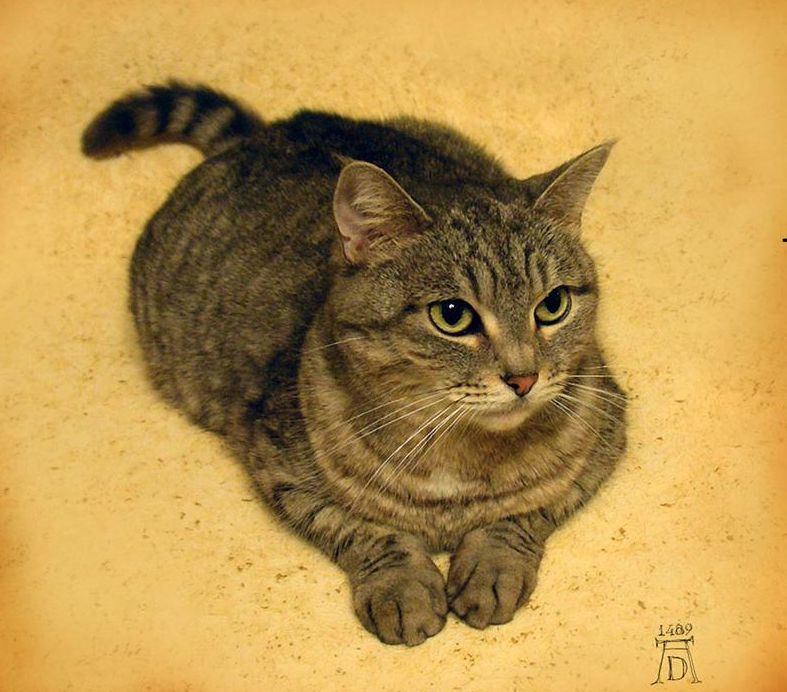
In 2007, this image was posted on deviantart.com by the user Vladimir Kopalov. He made a joke in the description, stating: "Look what I’ve found in the attic — it turns out that before painting his famous hare, Albrecht Dürer practiced drawing cats." He also clarified there that it is a photograph, and even mentioned a model of the camera which was used to take it. Moreover, in the comments, the creator of the picture (definitely edited and flavored with Dürer's monogram) even adds that it is his own cat, which already appeared in his other photos.
Yet, none of the above prevents the cat from living its own life: it keeps appearing in the selections of Dürer's animalistics.
Yet, none of the above prevents the cat from living its own life: it keeps appearing in the selections of Dürer's animalistics.
And here is Dürer's original "Hare", whose realism
, cuteness and, of course, paws, caused the emergence of the joke with the cat:
Young hare
1502, 25.1×22.5 cm
By the way, fake "Dürer's hares" began to appear back in the 16th century:
William Bouguereau's Aphrodite
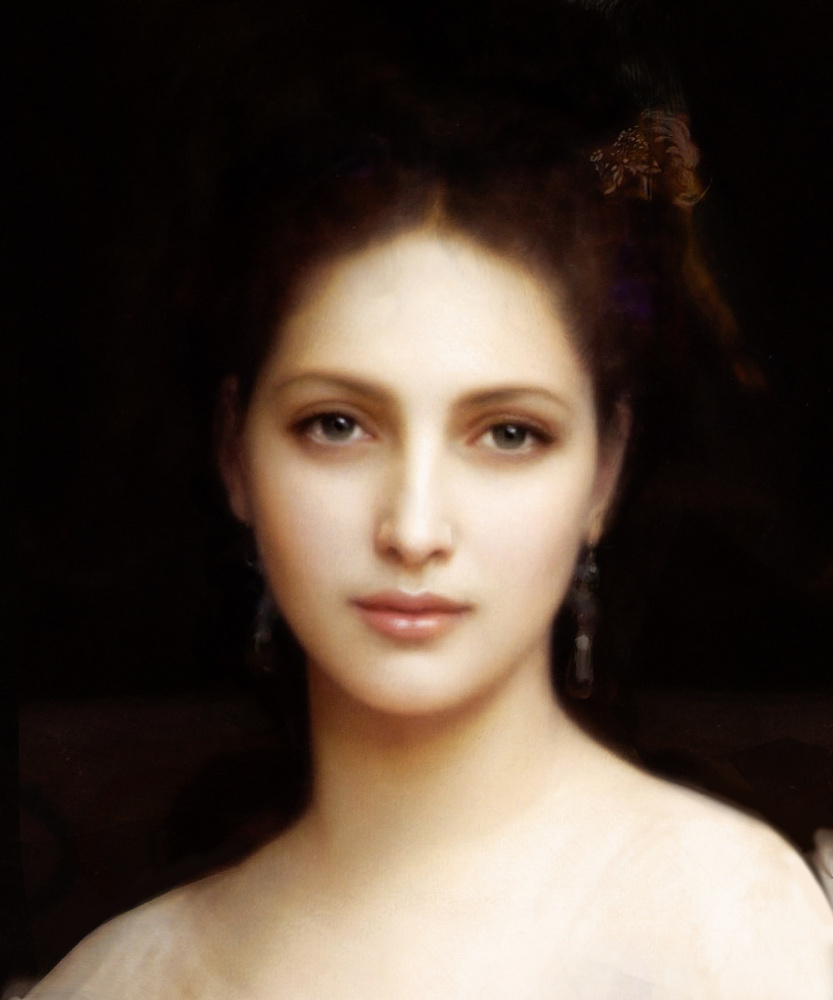
Readers of Arthive proposed this image (as William-Adolphe Bouguereau’s Aphrodite) as a contender in our poll concerning the most beautiful eyes in painting. The editors made the necessary clarifications: it is not an oil painting, but a digital work which was created not by the Frenchman Bouguereau who lived in the 19th century, but by the contemporary artist and designer from Greece Alexander Scaramanga. Still, having correctly indicated the creator and his technique, we included the work into the final voting.
And this image, made by the method of morphing (seamless combining) many photos of beautiful women, won the poll — outdistancing 78 other masterpieces with beautiful eyes, including the works by Leonardo da Vinci, Raphael, Vermeer, Gainsborough, Serov, and Vrubel.
And this image, made by the method of morphing (seamless combining) many photos of beautiful women, won the poll — outdistancing 78 other masterpieces with beautiful eyes, including the works by Leonardo da Vinci, Raphael, Vermeer, Gainsborough, Serov, and Vrubel.
There’s no point in arguing: Alexander Scaramanga’s Aphrodite, created in 2006, has a lot of fans. Let’s then use the name of its real author. And not like this:
And let’s remind ourselves how Bouguereau’s beauties (earthly ones and those from Olympus) actually look like:
Gustav Klimt's Meadow in Flower
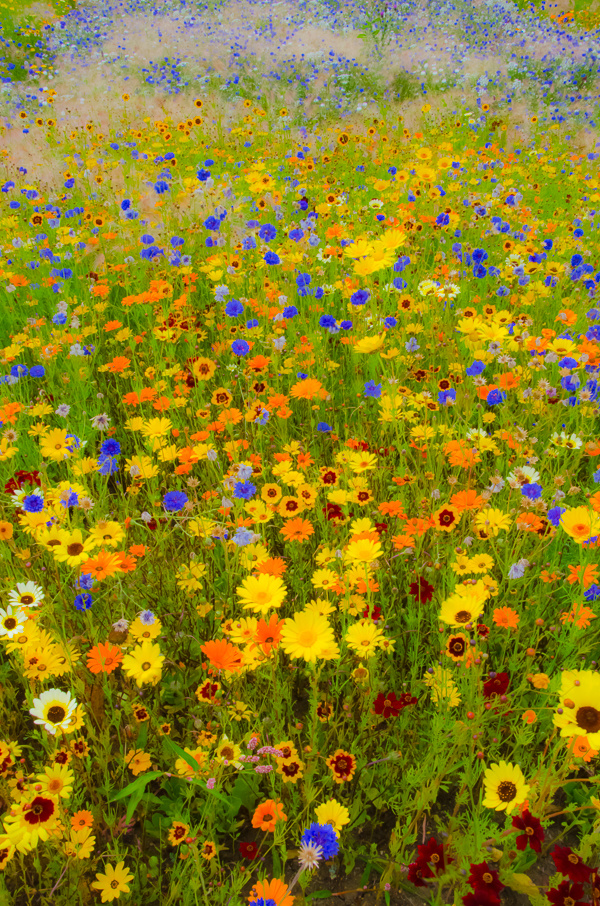
The British writer and journalist Kenan Malik published a whole series of photos that evoke associations with certain paintings by great artists — he’s got pictures based on Monet, Cézanne, Turner and Rothko. And these flowers, which are often referred to on the web as a painting by Gustav Klimt, and sometimes given the title — for example, Spring Meadow. Sometimes it is called a fragment of Klimt’s painting Meadow in Flower.
In fact, the picture "Wildlife Meadow" was taken in 2012, in the London Olympic Park.
In fact, the picture "Wildlife Meadow" was taken in 2012, in the London Olympic Park.
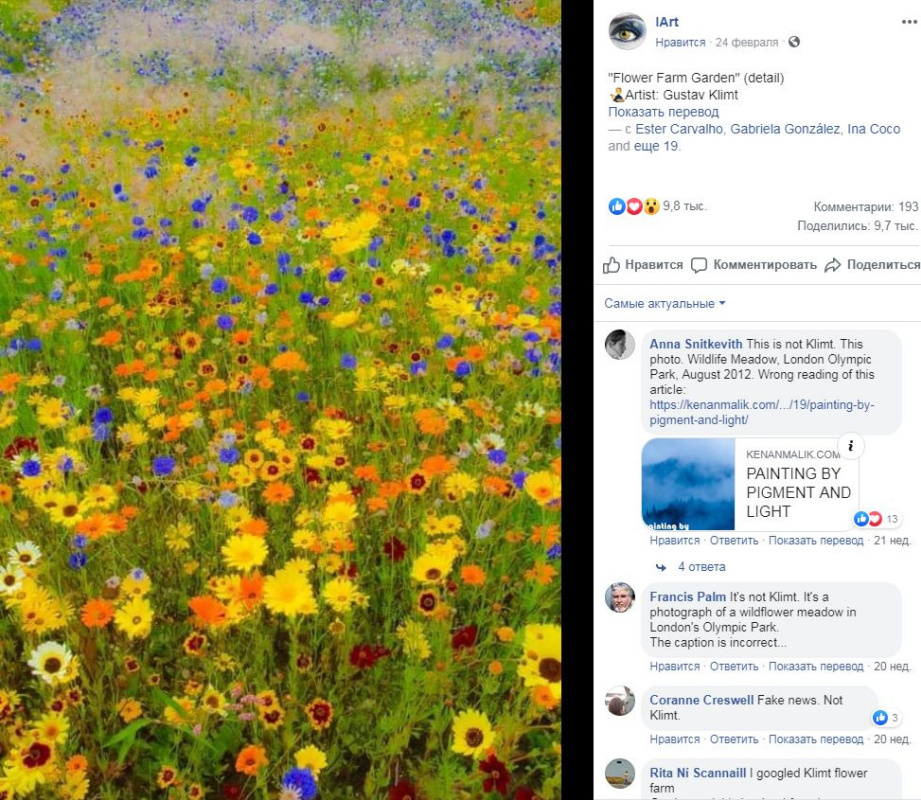
Almost 10 thousand reposts! Some commentators point out the mistake, but others confirm that they saw the original painting in the museum.
And here is the very original, which confused everyone (in 2017, this bright landscape
was sold for $ 59 million.
Blooming garden
1907, 110×110 cm
A too golden Klimt
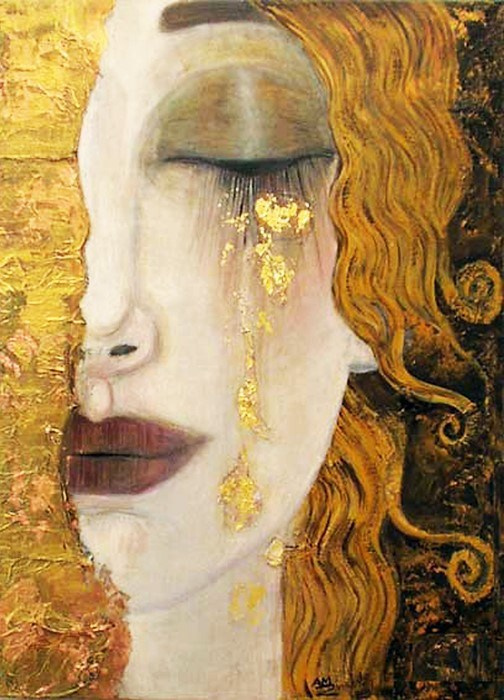
And one more non-Klimt.
You probably haven’t heard the name of the modern French artist Anne Marie Zilberman, but you could see her work Golden Tears, which keeps getting attributed to Klimt and which, of course, was created under the influence of his work. Here, even curls of hair follow Klimt’s signature pattern.
You probably haven’t heard the name of the modern French artist Anne Marie Zilberman, but you could see her work Golden Tears, which keeps getting attributed to Klimt and which, of course, was created under the influence of his work. Here, even curls of hair follow Klimt’s signature pattern.
And here are several authentic works by Klimt for you to see the obvious difference in color, brushstrokes and even makeup of the characters:
Henri Matisse's cats
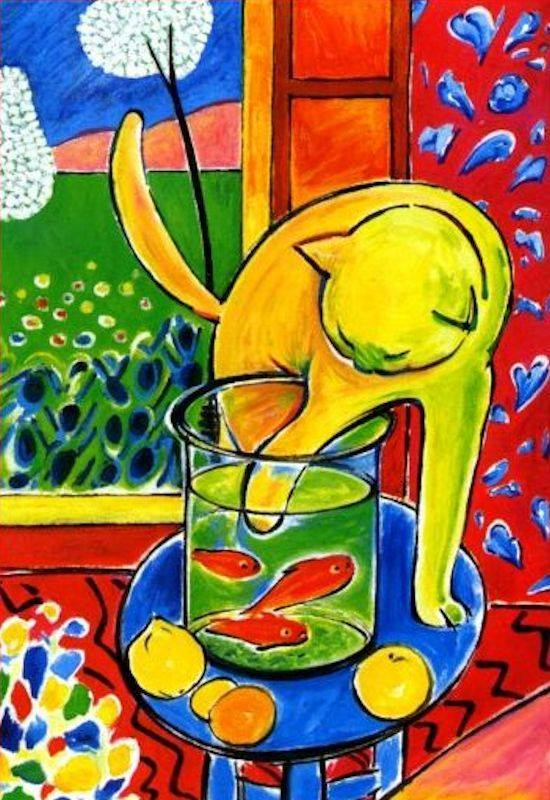
"Again?!" - Arthive’s editor clutches their head when seeing yet another post with this picture, signed by the name of Henri Matisse. "Well, this one really hurts," grumbles our SMM manager, reading under similar posts enthusiastic comments like "Oh, this is my favorite Matisse, my favorite picture!" If you like and know Matisse, how can you think that he actually used such colors? Are you serious?
We couldn’t establish the authorship of this "masterpiece." There are several versions of this picture, all of which slightly differ in shades and details — perhaps it all started with some coloring page based on Matisse. Or with a creative task in a studio for aspiring artists.
We couldn’t establish the authorship of this "masterpiece." There are several versions of this picture, all of which slightly differ in shades and details — perhaps it all started with some coloring page based on Matisse. Or with a creative task in a studio for aspiring artists.
What we know for sure is which three original masterpieces by Matisse were used to create this fake. By the way, two of them are from the Shchukin collection. Here are all sources of inspiration:
In the following example, everything seems quite obvious: cats in the reproduction of Matisse’s painting are photoshopped. But it’s not quite so. Here, for example, the version of Matisse’s picture, flavored with photographic cats, was signed very seriously, indicating the museum in which it is stored.
The desire to supplement Matisse’s work with cats is quite understandable: firstly, the artist himself adored cats; secondly, there are a lot of fish in his paintings — it’s quite natural to add some cats to them. But Matisse himself did not bring cats and fish together on his canvases. He portrayed a cat in a safer company.
Have you come across similar nonexistent paintings by great artists? If we happily missed some fakes and did not mention them in this article — write about them in the comments.







